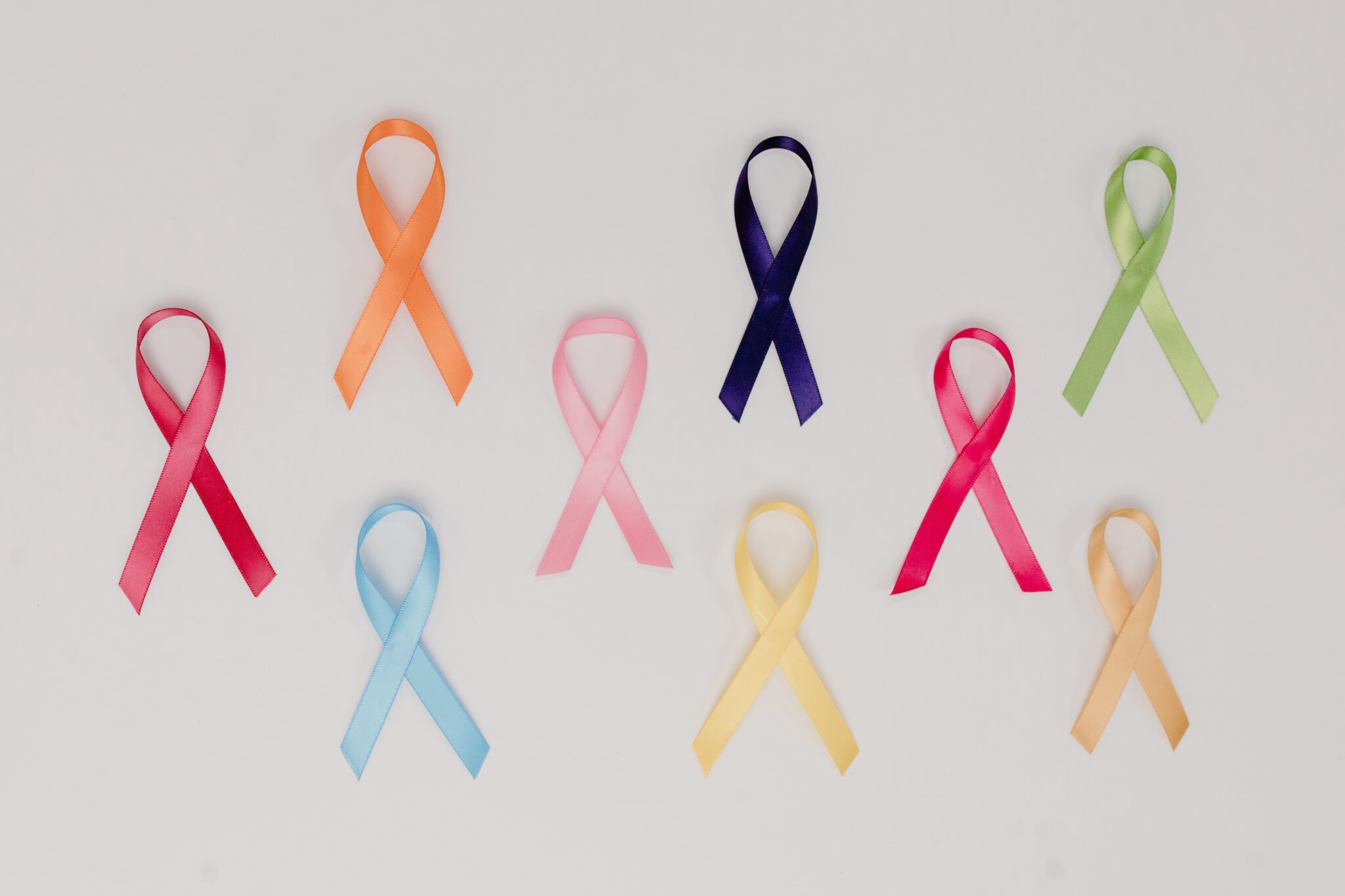It would be quite difficult to remain unaware that November 25 is Thanksgiving this year—a time when we gather, give thanks and celebrate the importance of family. But most of us are unaware that this date also marks something just as important—National Family History Day. Undoubtedly, we are all concerned about the health of our family members, and this day when we all gather—whether in-person, virtually or a combination—is an opportunity to share vital information. Information that may save lives. Information that we will be thankful for next Thanksgiving and all the Thanksgivings to follow.
It’s hard to miss that some traits run in families. Unfortunately, the same holds true for various diseases, such as cancer. According to the Centers for Disease Control and Prevention (CDC), if you have a family history of cancer, your cancer risk increases. And it doesn’t always have to be the same type of cancer; most people don’t know that research has shown that different cancer types can be linked. In other words, having one type of cancer—or a family member with one type of cancer—can increase your risk of developing not only that specific cancer but also a different type.

The past two months have highlighted two extremely important types of cancer—September was Ovarian Cancer Awareness Month and October was Breast Cancer Awareness Month. Although important strides have been made in fighting both cancers, much more needs to be done. And, as researchers know, the next strides may lie in a full definition of the links between ovarian and breast cancer. Unfortunately, most people don’t know about the links between these cancers.
According to the American Society of Clinical Oncology (ASCO), hereditary breast and ovarian cancer syndrome (HBOC) should be considered when there are many family members on one family side with either or both of these cancers. The risk of HBOC increases if there is a history of breast, ovarian, prostate or pancreatic cancer on one side of the family; one or more women were diagnosed at age 45 or younger; one or more women had breast cancer before age 50 with a family history of prostate or pancreatic cancer or melanoma; a woman has breast and ovarian cancers or has a second cancer in the same or other breast; a male relative has breast cancer; or has Ashkenazi Jewish ancestry.
A mutation in two primary genes—BRCA1 and BRCA2—is responsible for HBOC. There’s also a slight increased risk for pancreatic cancer and melanoma, and, in men, increased prostate and breast cancer risk. Women with a BRCA1/2 mutation have a 45 to 75 percent lifetime breast cancer risk and a 10 to 40 percent ovarian cancer risk, compared to 13 percent and just over 1 percent, respectively, for women without a mutation. Importantly, about 1 in 40 people of Ashkenazi Jewish ancestry have a BRCA1/2 mutation. Other genes have been linked to an increased risk of various cancers, too; testing for many of these genes is now available in a single multiple-gene panel blood test.

Unfortunately, although early detection of breast cancer through mammography and self-exams has become common, the same can’t be said of ovarian cancer. There is no FDA-approved screening test for ovarian cancer, which usually has vague, subtle symptoms which are often dismissed by women and, tragically, by their doctors. The result is that almost 60 percent of women with this cancer are diagnosed at the late stage, when five-year survival is less than 30 percent, in stark contrast to the over 90 percent survival rate when diagnosed in the early stage. By the end of 2021, almost 14,000 women will die of their disease and more than 21,000 more will be newly diagnosed. This makes ovarian cancer the most lethal of gynecological cancers.
Moreover, funding for research for ovarian cancer lags behind that for other cancers. The National Cancer Institute’s Surveillance, Epidemiology and End Results (SEER) Cancer Trends Progress Report analyzed funding for various cancers; the highest average score was for prostate cancer, which received an average of $1,821,000 per person-years of life, far more than the $97,000 for ovarian cancer.
These are not statistics that we should be content to live with. Faced with these dire detection, diagnosis, survival and funding facts, it surely is incumbent upon all of us—the medical and research communities, overseers of congressional disease funding and ordinary people—to change this scenario.
Every one of us can advocate for the demonstrable achievement of prevention efforts, early detection, successful education and awareness campaigns, access to widespread and affordable diagnostic tools, including genetic testing—all of which can lead to the saving of thousands of lives. And we can make a substantial start now—this Thanksgiving and National Family History Day—by investigating and documenting our family’s multigenerational health history. It’s an act in the present, relying on the past, that will make a healthy difference for our futures.
Kaile Zagger is the COO of Aspira Women’s Health.







